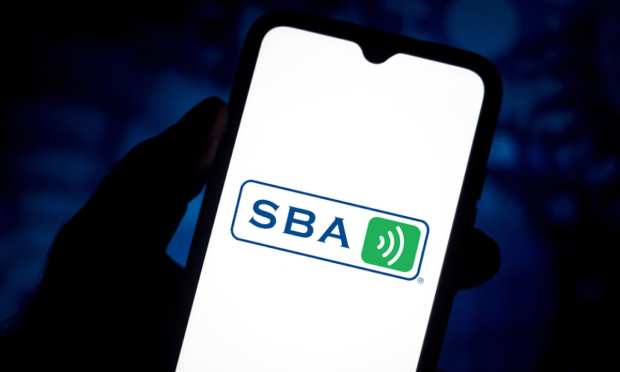PPP Round Two: Small Business Administration Unveils Rules For $284.5 Billion Stimulus Program

The U.S. government has unveiled rules for the new $284.5 billion round of its popular Paycheck Protection Program (PPP), which should begin accepting applications soon.
The new PPP aid, which Congress approved last month as part of its $900 billion COVID stimulus program, will provide forgivable loans of up to $10 million for pandemic-wracked small and medium-sized businesses (SMBs).
Companies, nonprofits, sole proprietorships and entities that didn’t get PPP loans during last year’s original $525 billion PPP initiative can receive up to the full $10 million this time if they qualify. And even entities that did get money last year can apply for second-round loans of up to $2 million.
Businesses don’t have to pay the loans back if they use the money for eligible expenses. For example, firms must spend at least 60 percent of the money on payroll within no more than 24 weeks of getting loans. They must also spend the rest of the money on other eligible expenses like rent, qualified mortgage interest or utilities.
According to the Journal of Accountancy, a publication of the Association of International Certified Professional Accountants, the new program has also expanded the list of qualified expenses to include such items as COVID-related worker protection items and facility upgrades.
The U.S. Small Business Administration (SBA) outlined the new program’s parameters through interim final rules on the “Paycheck Protection Program as Amended” and the “Paycheck Protection Program Second Draw Loans.”
The agency has also issued special guidance on loans for minority, underserved, veteran and female-owned businesses, whose participation the SBA is trying to increase. For instance, the SBA plans to open the PPP application window exclusively for such businesses for at least the first two days of the program.
Congress also required the SBA to set aside billions of dollars for community and smaller lenders, as well as for borrowers in low- and moderate-income areas. For example, the agency is setting aside $15 billion of first-draw loans and $25 billion of second-draw ones for borrowers with no more than 10 employees, or for loans of less than $250,000 for borrowers in low- or moderate-income neighborhoods.
The Journal of Accountancy noted that the agency has yet to say when it will open up the application process. However, the publication said Congress authorized the effort to run through March 31.
First-Time Borrowers
The Journal of Accountancy reported that businesses that didn’t get loans the first time around can do so now if they meet certain criteria.
For instance, they must have been in operation on Feb. 15, 2020, and must generally have 500 or fewer employees. However, accommodations and food-service businesses can have up to 500 employees per location.
Businesses don’t have to be incorporated to apply. Sole proprietors, independent contractors and some self-employed individuals are eligible, as are churches and other nonprofits. “Business leagues” such as chambers of commerce and visitors’ bureaus can also qualify if they have 300 or fewer workers and receive no more than 15 percent of receipts from lobbying.
Second-Time Borrowers
The Journal of Accountancy said the program also allows entities that got PPP loans last year to receive a second round of aid if they meet the requisite criteria.
For example, they must have no more than 300 employees, and must have used up their first PPP aid on eligible expenses before the second loan’s expected disbursement date. Entities must have also seen their revenues drop at least 25 percent during any 2020 quarter or for 2020 as a while.
Maximum Loan Amounts
Regardless of whether they’re getting first or second PPP loans, most applicants can qualify for aid of up to 2.5 times their average monthly payroll costs, with a cap per employee of $100,000 a year. (Hotels and restaurants applying for second-draw PPP loans can receive up to 3.5 times their average monthly payroll costs.)
And as noted above, the aid maxes out at $10 million for first-time loans and $2 million for second-round ones.
Making Loan Forgiveness Easier
One thing many businesses complained about during last year’s PPP program was a fear that it’d be tough to actually get loan forgiveness, meaning they’d have to pay the money back.
So, the new program aims to make the forgiveness process fairly easy for smaller loans.
The Journal of Accountancy said borrowers who receive $150,000 or less must only submit a one-page certification to lenders that lays out a few details, including the total loan amount, the total spent on payroll and the number of employees the entity managed to avoid laying off by using the money.
The Journal said the SBA has yet to create the one-page form, but must do so by Jan. 20.
The publication added that businesses might not have to submit backup materials to prove how they spent the money, but will have to retain employment records for four years and all other documentation for three years in case the SBA orders an audit.